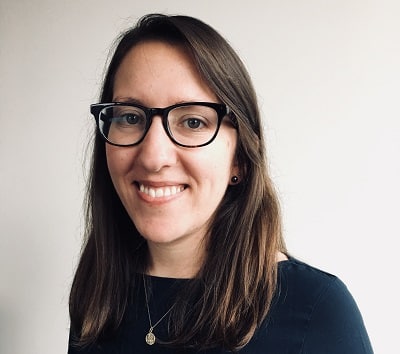It may be cold and wintery outside, but visualize yourself basking in the warm glow of summer…school.
Harder than expected? Given many people’s idea of summer school, and the reality of summer school for many, that’s not surprising. An essay published last year contrasts one student’s summer school experience, dubbed “purgatory,” with a summer leadership camp that another student from a more privileged background plans to attend. In the minds of the general public, summer school is to detention as summer camp is to the playground.
But does it have to be that way? We’ve previously hypothesized about what summer school might look like if it were designed around the progress students are trying to make in their own lives, the way that summer camps are. Likewise, summer camps aren’t devoid of learning, but generally make no effort to assess when learning happens or connect it to the student outcomes that school systems aim for.
Innovation focused on summer schools and camps could help advance both student-centered instructional models and new forms of assessment.
How to make summer school learning more engaging and relevant
Summer school is perhaps the starkest example of how a learning model based on seat time can be where students’ dreams go to die. Many students are in summer school because they didn’t achieve a passing grade to advance to the next grade level as they’re expected to—meaning they’re taking remedial classes or even re-taking a class they already attempted earlier in the year. What student wouldn’t stare longingly at the clock until they’re released into the summer sun?
Blended learning, the integration of online and face-to-face learning modalities, harnesses the disruptive potential of online learning—and can be an engine for mastery-based and personalized learning at scale. If designed with a clear vision for the student experience in mind, summer schools using blended learning can offer a much more fulfilling experience for young people that helps them feel successful, and have fun with peers and friends at the same time.
Embracing a large-scale shift to blended learning in summer school would enable schools to:
- Buck the seat-time paradigm. Rather than making all students cover the same content to try again for a passing grade, teachers could target learning time towards helping each student learn the concepts he or she needs to master in order to move forward.
- Take advantage of new staffing models. Blended learning opens up chances to break away from the one-teacher-per-classroom norm, including new ways to take advantage of paraprofessionals and maximize the impact of more experienced teachers.
- Use newfound time and resources for project-based learning. Integrating online learning into classrooms doesn’t have to mean class time is spent working on computers in isolation. Blended learning can free up class time for collaboration and small group work, and access to the internet and devices means that students can tackle meaningful projects and share them outside of class.
What about the learning happening in summer camp?
Especially as momentum grows in the education field around an expanded set of student outcomes beyond test scores, there’s no denying that various forms of learning are happening outside of school. Summer enrichment can be a way for students to develop social-emotional skills, learn through real-world experiences, and build content knowledge in specific areas of interest. Beyond camps, some summer jobs can lead to the same kinds of outcomes.
But little of that summer learning is documented, assessed, or measured by employers and program providers—much less integrated with the learning that happens during the school year.
Embracing the idea that valuable learning happens in summer camps and jobs would invite education leaders to:
- Reimagine assessment in peace. Extracurricular spaces offer a unique opportunity to experiment with new assessment strategies for an expanded set of outcomes—without the pressure to make them “work” within the structure of the core school system until they are proven. Developing student-centered assessments in the context of summer enrichment programs could allow them space to mature without being coopted by a standardized testing paradigm. (Curiosity piqued? Check out this other post about developing new assessments in extracurricular spaces.)
- Lean into “anytime, anywhere.” Most schools and districts are not set up with systems to recognize the concepts and skills students master regardless of where they learned them. But education leaders who truly believe learning can happen anytime and anywhere should be turning to competency-based systems and working with providers to recognize the learning students are doing during the summer months.
So get out your flip flops and sun hat—even in January, it’s high time to reimagine summer learning.


